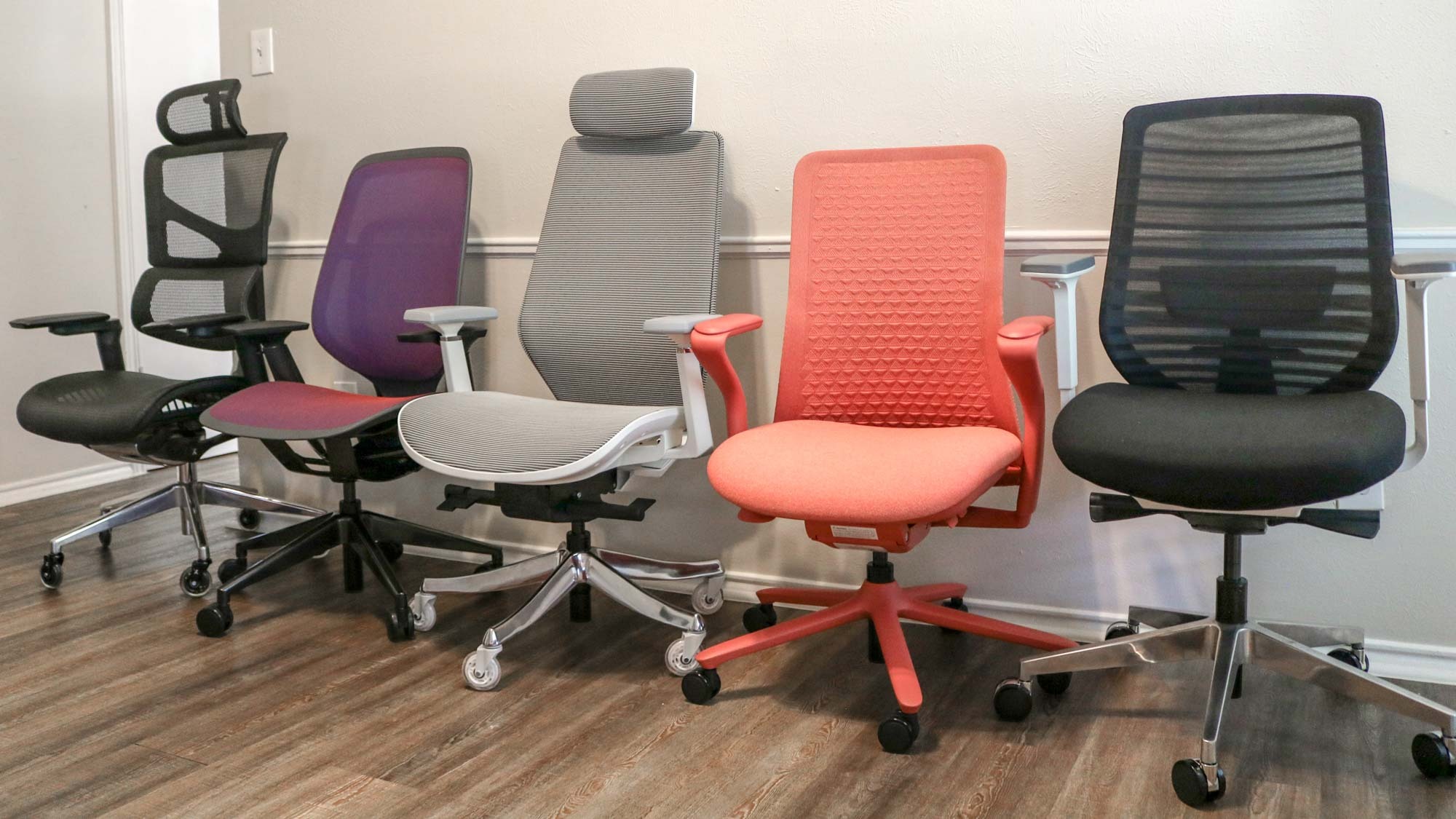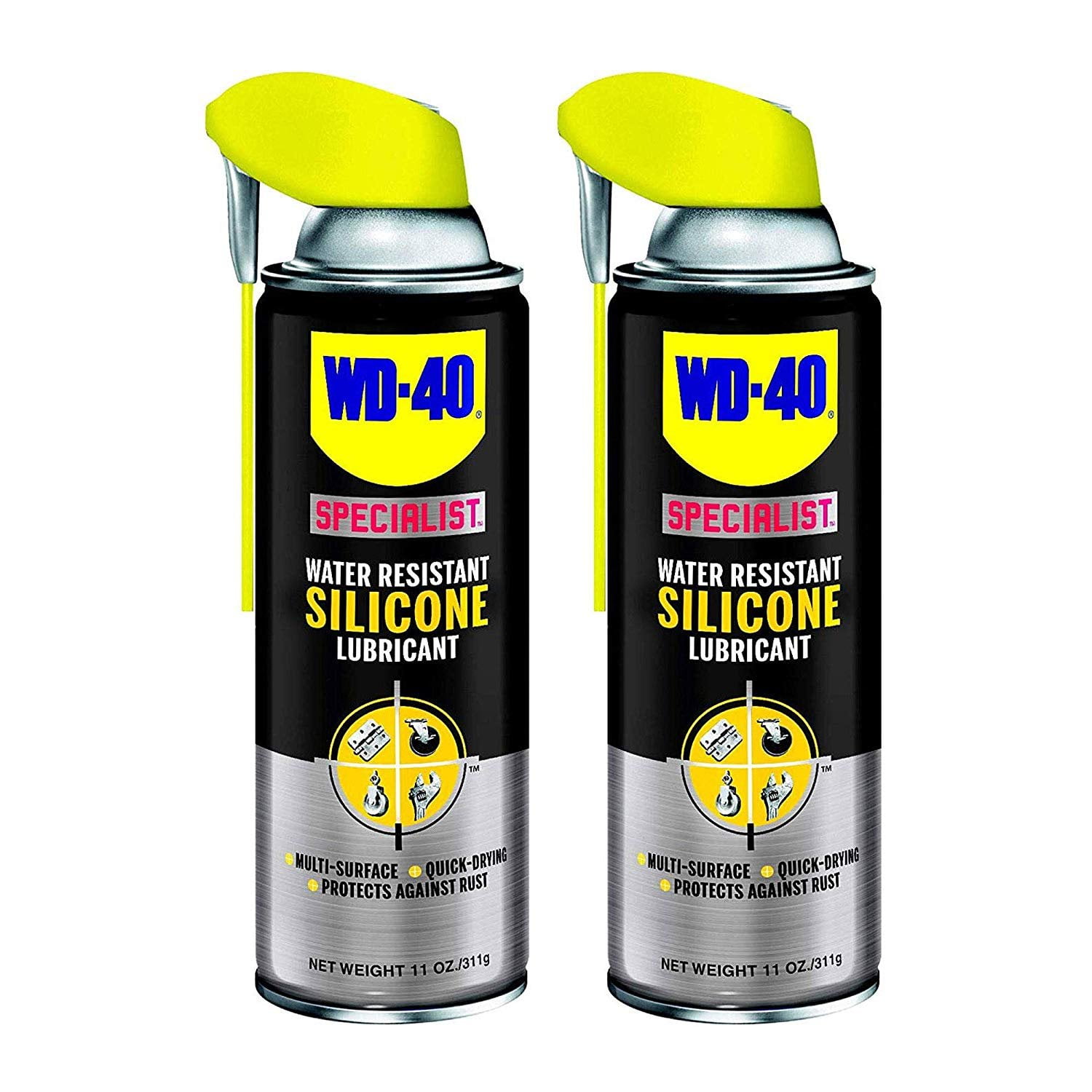Types of Lubricants for Office Chairs: Best Lubricant For Office Chair

Right, so you’ve got your knackered office chair groaning like a rusty swing set, eh? Time to give it a bit of TLC, and that means choosing the right lubricant. Getting this wrong could lead to more squeaks than a library full of mice, so let’s delve into the nitty-gritty.
Silicone-Based Lubricants
Silicone-based lubricants are, like, the ubiquitous choice for a reason. They’re generally pretty safe for most chair materials – plastics, metals, even some leathers – and they tend to leave a thin, non-sticky film. This means less mess and less chance of attracting dust bunnies. However, they can sometimes attract dust over time, requiring more frequent reapplications. Think of it like a well-behaved houseguest, but one that needs a little more attention. They’re also usually pretty cheap and readily available. The downside? They’re not always the most durable option.
Teflon-Based Lubricants
Teflon, or PTFE (polytetrafluoroethylene), is a right slippery customer. This stuff is seriously low-friction, making it ideal for those parts that need a really smooth movement. It’s also pretty resistant to wear and tear, meaning longer-lasting lubrication. But, mate, Teflon-based lubes can be a bit pricey, and they might not be the best choice for all materials. Some plastics can be affected, so you need to check compatibility carefully. It’s a bit like a high-end sports car – great performance, but you pay for it.
Graphite-Based Lubricants
Graphite is a classic, a proper old-school choice. It’s dry, so it doesn’t attract dust as much as silicone, and it’s generally pretty tough. Perfect for those metal-on-metal parts, especially in mechanisms that are exposed to dust or dirt. However, graphite can be a bit messy to apply, and it’s not always the smoothest option. Plus, it can leave a bit of a residue, so it’s not the best for everything. It’s like your grandad’s toolbox – reliable, but maybe not the most aesthetically pleasing.
Comparison of Lubricants, Best lubricant for office chair
Right then, let’s get this straight with a table comparing these bad boys:
| Lubricant Type | Longevity | Ease of Application | Cost-Effectiveness |
|---|---|---|---|
| Silicone-Based | Moderate | High | High |
| Teflon-Based | High | Moderate | Low |
| Graphite-Based | High | Low | Moderate |
Application Methods and Maintenance

Right, so you’ve sorted the right lube for your chair – top marks! Now, let’s get down to the nitty-gritty of actually applying the stuff and keeping your chair in tip-top condition. Proper application is key, not just for a smooth ride but also to avoid any nasty surprises down the line. Think of it as preventative maintenance – a small investment of time now saves a whole load of hassle later.
Applying lubricant incorrectly can actually damage your chair, so follow these steps carefully. We’re talking about extending the lifespan of your chair, not prematurely ending it!
Lubricating Different Chair Components
Each part of your office chair requires a slightly different approach. Let’s break it down:
Best lubricant for office chair – Wheels: Imagine your chair’s wheels as tiny little engines. To lubricate them, you’ll need to access the axle of each wheel. This usually involves tilting the chair onto its side and using a small amount of lubricant – a couple of drops is plenty – directly onto the axle where it meets the wheel. Avoid over-lubricating; too much lube can attract dust and grime, creating a sticky mess. After applying the lubricant, gently rotate each wheel to distribute it evenly. Visualise a small, precise drop of lubricant at the point where the wheel meets the base of the chair.
Cylinder: The gas cylinder is the vertical strut that adjusts your chair’s height. Lubricating this is trickier. Most cylinders have a small port or hole near the base. Apply a tiny amount of lubricant (again, less is more!) into this port. Then, gently raise and lower the chair seat several times to spread the lubricant. Picture a tiny hole near the bottom of the cylinder, into which you apply a very small quantity of lubricant. The action of raising and lowering the seat helps to distribute the lubricant effectively.
Armrests: Armrests often have moving parts, like hinges or adjustment mechanisms. Carefully inspect your armrests to locate any moving parts. Apply a tiny amount of lubricant to these points of articulation. A little goes a long way here. Again, gently move the armrests through their full range of motion to distribute the lubricant. Think of the small joints and hinges in your armrest as requiring just a tiny touch of lubricant to keep them moving freely.
Preventative Maintenance Techniques
Regular maintenance is your best bet for a long and happy relationship with your office chair. Think of it as a spa day for your chair!
Regularly cleaning your chair, using a damp cloth to remove dust and debris, prevents build-up that can interfere with moving parts and shorten the life of your lubricant. This also prevents the lubricant from attracting dirt and grit, extending its effectiveness and the life of your chair.
Avoid overloading your chair beyond its weight limit. Overloading puts excessive strain on the chair’s components, leading to premature wear and tear, rendering even the best lubricant ineffective. It also increases the risk of damage or failure, negating any benefit of lubrication.
Inspecting your chair regularly for any signs of wear and tear, loose screws, or damaged components allows you to address minor issues before they become major problems, thus reducing the need for frequent lubrication and preventing catastrophic failures.
Common Mistakes to Avoid
Let’s avoid some rookie errors, shall we?
Before listing common mistakes, it’s worth remembering that using the wrong type of lubricant can cause more harm than good. Stick to the recommendations we Artikeld earlier, mate.
- Over-lubricating: Too much lubricant attracts dust and dirt, making things sticky and messy.
- Using the wrong type of lubricant: This can damage the chair’s components and render the lubricant ineffective.
- Ignoring regular cleaning: Dust and grime build-up can severely impact the performance of the chair and the lubricant.
- Neglecting regular inspections: Early detection of problems can save you a lot of hassle and expense in the long run.
